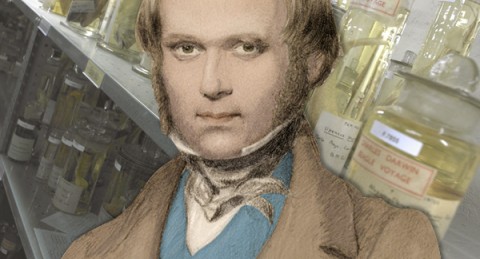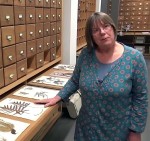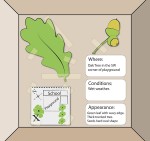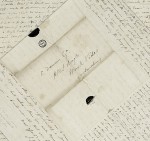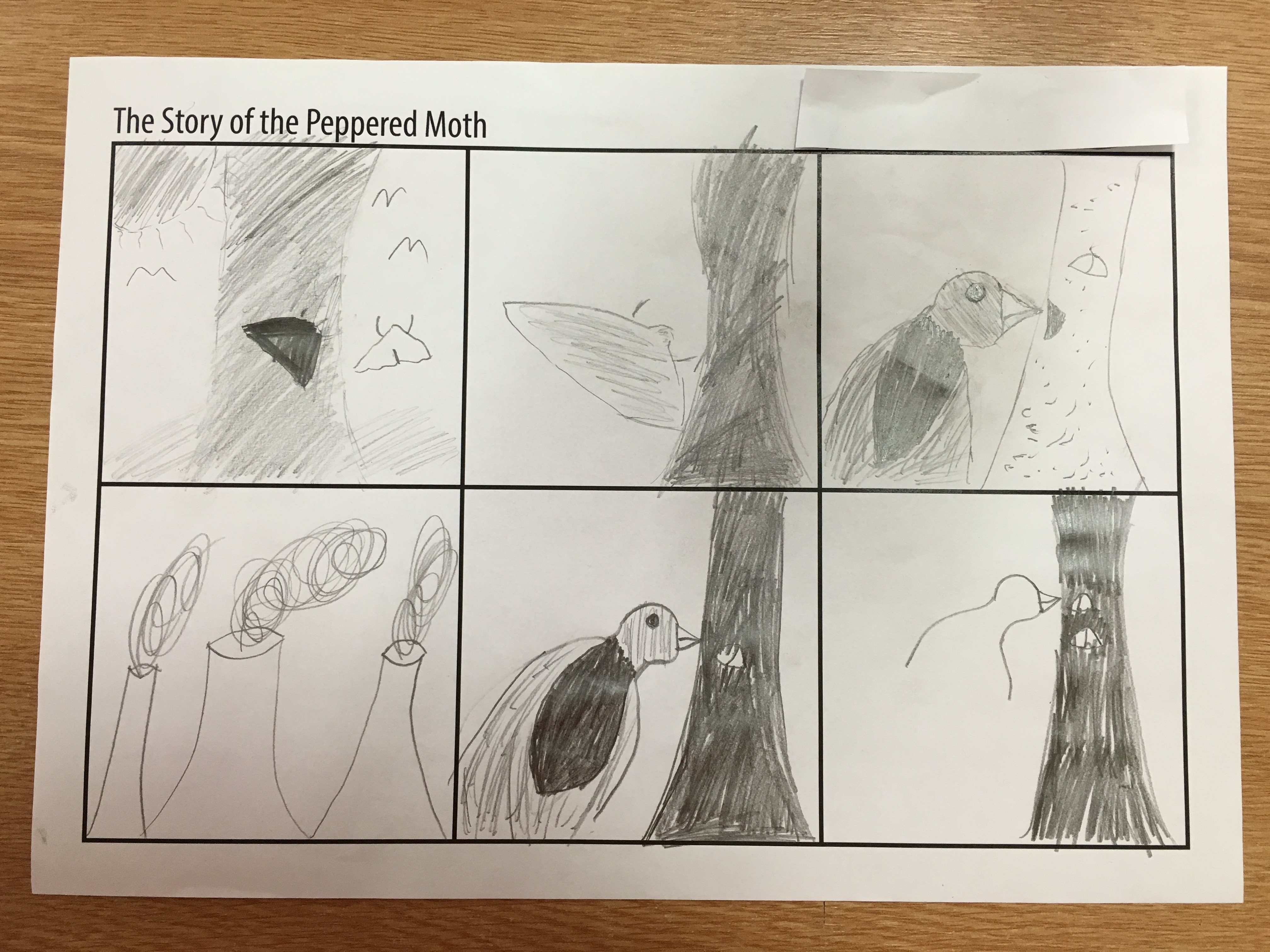Darwin The Collector
Activities provide an introduction to Charles Darwin, how and why he collected so many specimens whilst on the Beagle voyage and how his plant collections have been preserved. Practical outdoor activities using observational, collecting and recording skills also encourage discussion of collection and conservation.
Learning outcomes
By the end of the activities pupils will be able to:
- state who Charles Darwin was, why he was significant and understand that he had a passion for natural history and collecting.
- describe what should be recorded when collecting specimens and the role of collections.
- have some understanding of the complexity of conserving specimens.
Ask The Expert Video
Duration: 7.50 mins
Activity 1: Create A 3d Herbarium Specimen
Duration: 90 mins
Activity 2: Write A Letter Home
Duration 40 minutes
Further Activities
Duration: 40 mins
Discussion questions
1. If you were on an expedition in Darwin's day, and wanted to send a plant specimen home by sea, which part would you choose and why?
Think about...
If you choose the whole plant, what problems might occur when trying to keep it alive on a ship for several months? What would happen if it was given salt water? Why couldn't it be given fresh water? Think about what you would need to be able to keep the plant growing happily at home. What would happen if you took a flower, seed, leaf, or a cutting instead?
2. What is the point of having a herbarium (collection of dried plant specimens)?
How could it help you to find out where a plant once grew or even what plants to choose for your garden?
Herbaria can...
Provide a record of what was found where and when, giving visual information about the features of a plant (particularly important if a plant then becomes extinct).
- Help to identify plants.
- Help to share information with others without them visiting the area.
- Help to record change of what grows in an area over time.
There is also some potential to breed from the seed that is brought back.
3. On a modern day plant collecting expedition, what equipment would you take with you and how would you make sure that you weren't damaging the environment or causing a rare plant to become extinct?
Think about...
How would you find your way around? What transport would you use? What tools might you need to collect the plant and what you might put it in to transport it safely? How would you record your progress? How could you limit your impact on the place that you visit?

